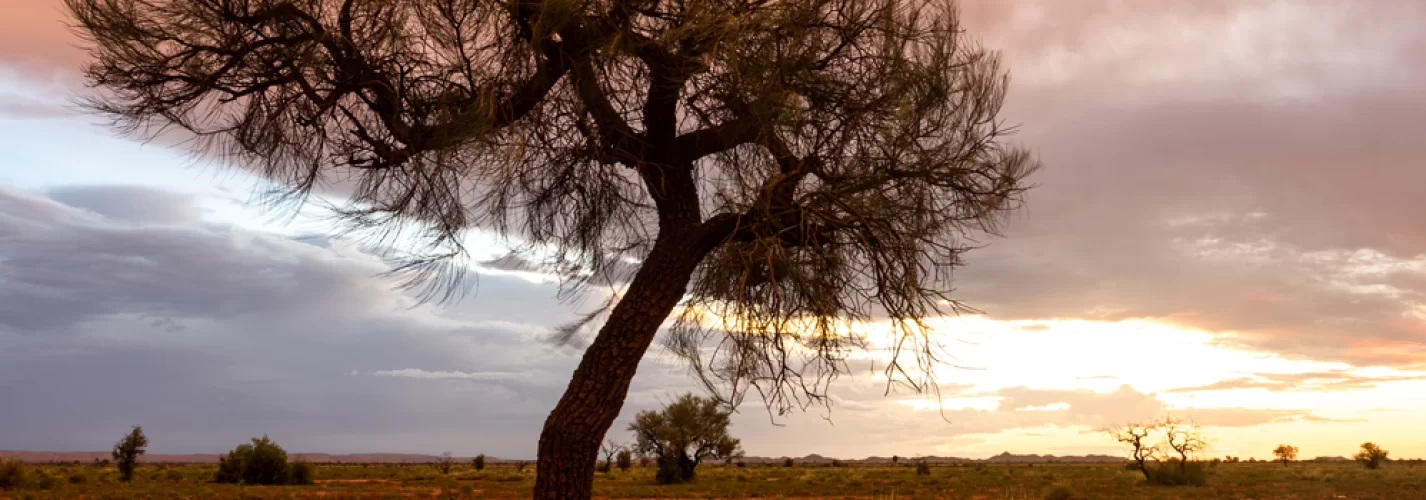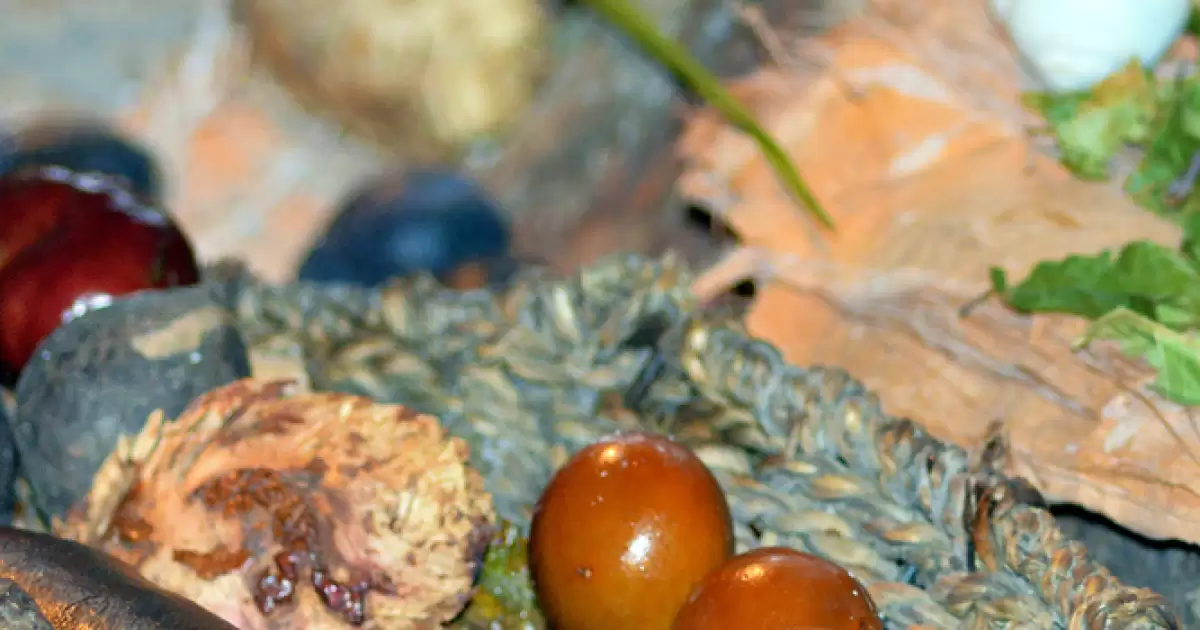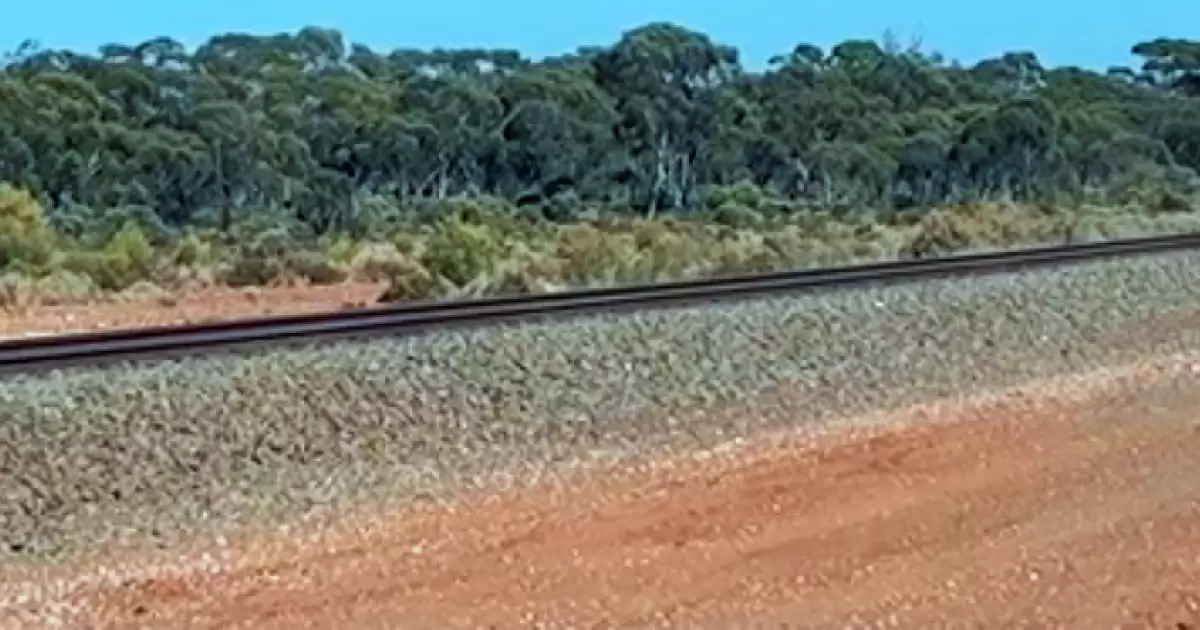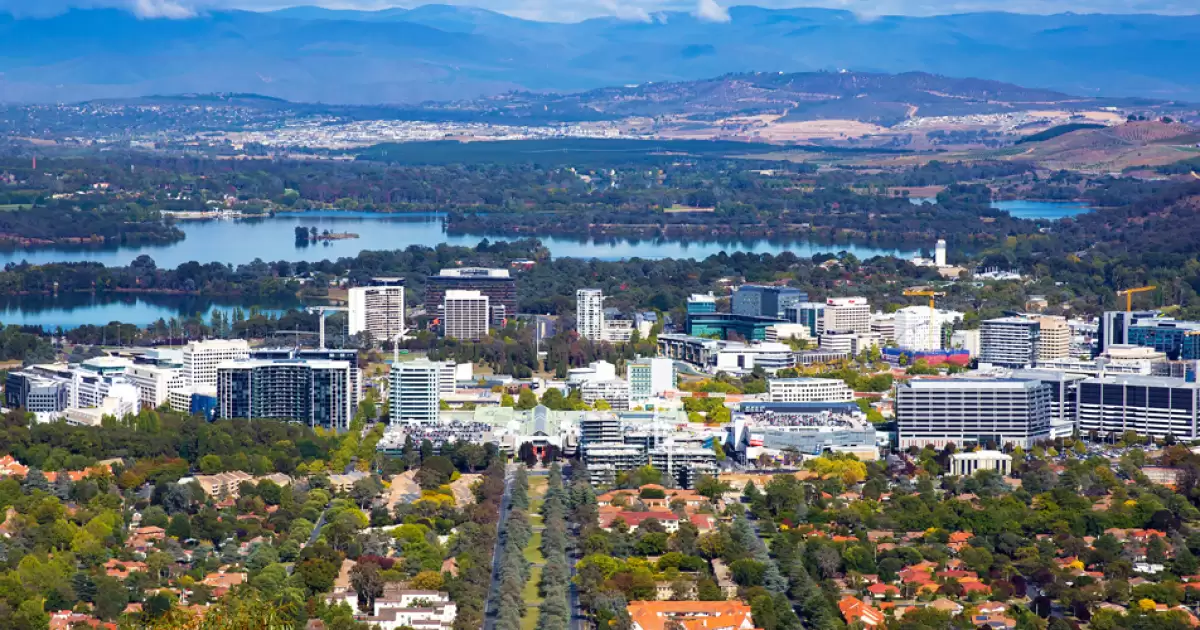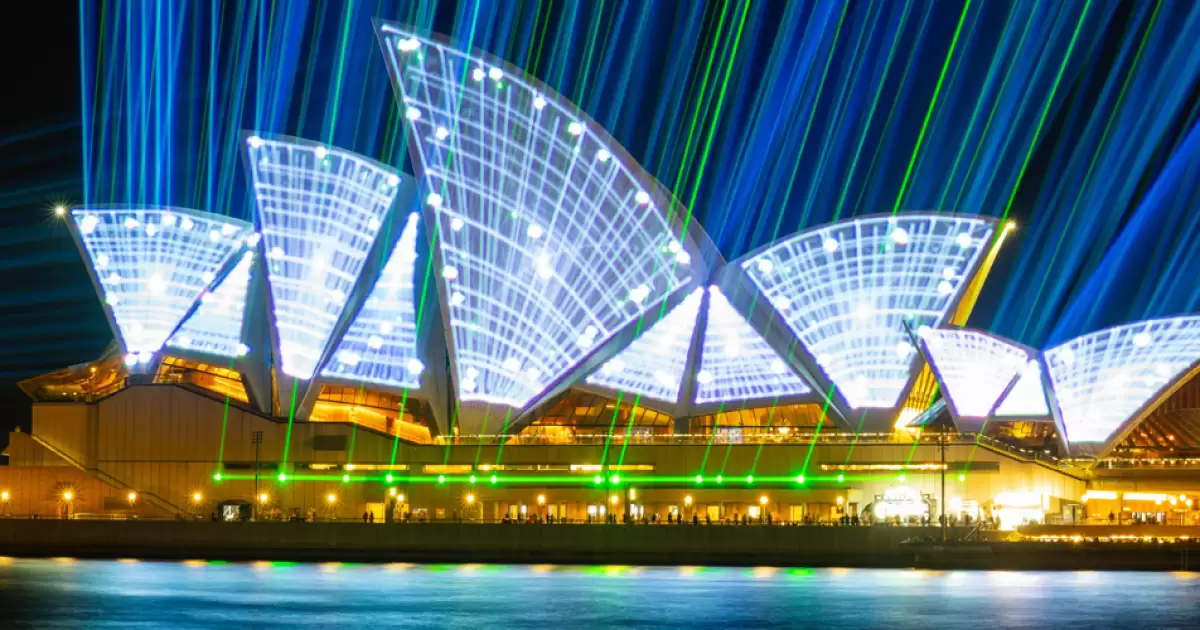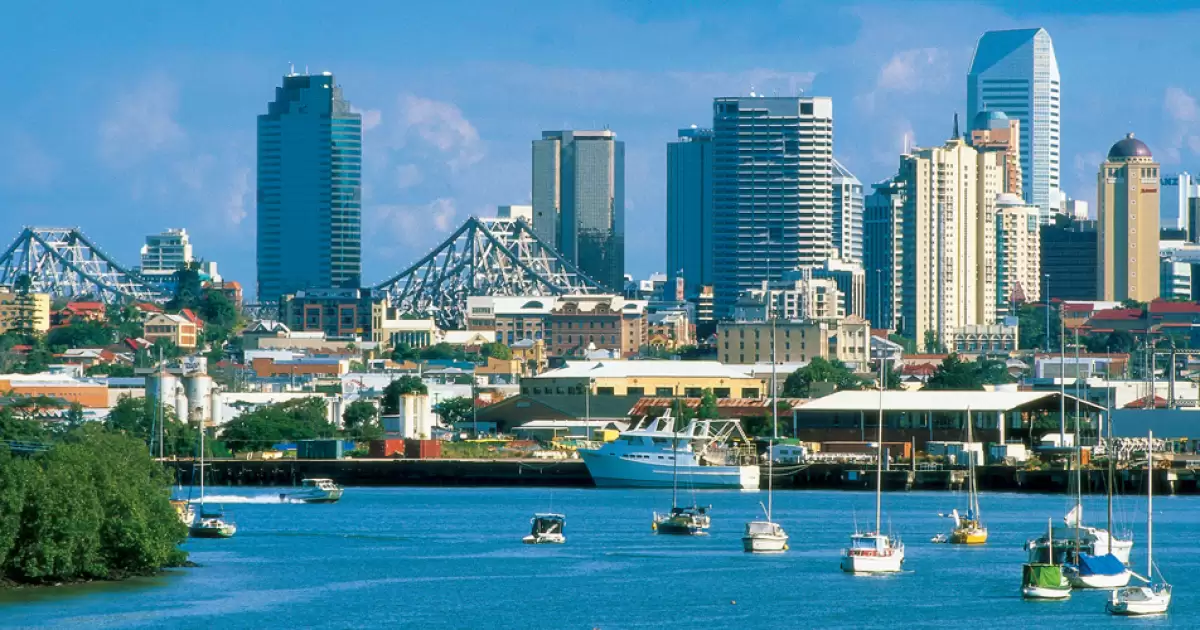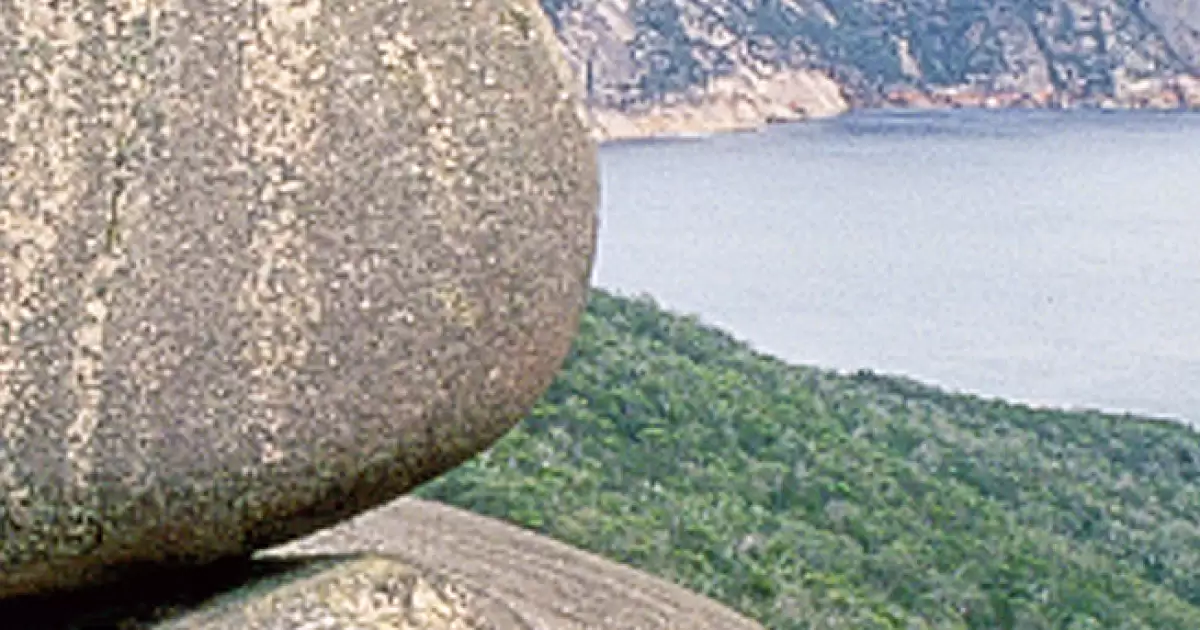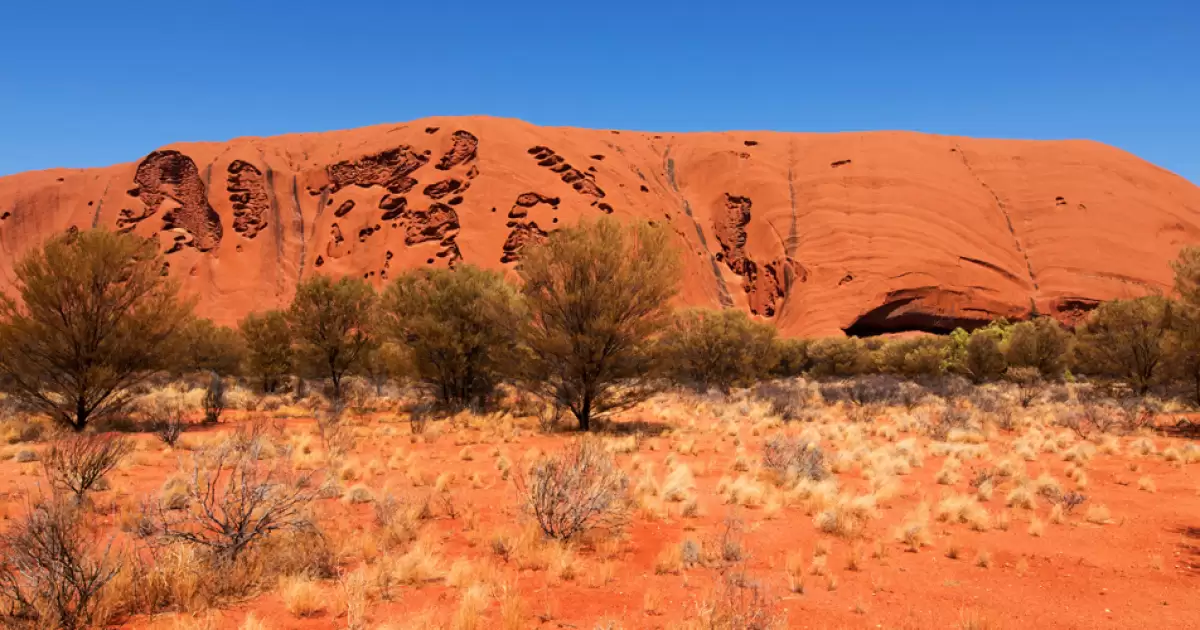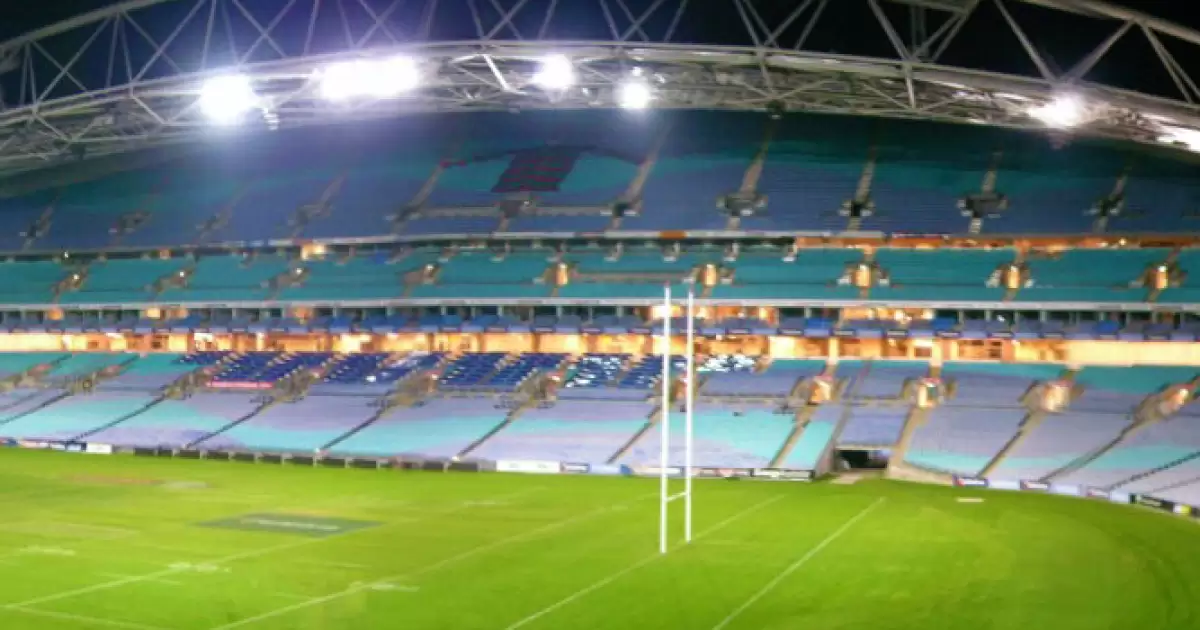The Pilbara is a large, dry, sparsely populated region in the North West of Western Australia. The Pilbara is known for its ancient landscapes, vast mineral deposits & natural resources. The Pilbara covers an area of 502,000 km2 & includes some of Earth's oldest rock formations. The Pilbara is also home to spectacular landscapes, coastal plains, mountain ranges, cliffs and gorges. The major settlements of the region are Port Hedland, Karratha and Newman. The three main ports in this region are Port Hedland, Dampier and Port Walcott.
The Pilbara is also known for its native occupants, the Aborigine, and the wonderful culture they bring to the area. The name Pilbara comes from the Aboriginal word bilybara, meaning 'dry' in the Nyamal and Banyjima languages. Archaeological evidence indicates that the native occupants have been living in the Pilbara for over 30-40,000 years. Near the town of Dampier, a peninsula known as Murujuga contains a large collection of world heritage listed petroglyphs, dating back thousands of years. Much of the Rock art in the Pilbara appears to have been primarily etched into the hard rock surfaces, compared to mainly paintings on the softer sandstone surfaces in the Kimberley.
The Pilbara had it's roots in mining in 1937 with Wittenoom Gorge, which is now a ghost town after having closed down in 1966 due to decreased profits and growing health concerns from the asbestos mining in the area. Following the discovery of iron ore in the Hamersley Ranges in the 1960s, the area became pivotal to the state's economy and satellite towns were built to accommodate the boom in mining and allied services.
The Montebello Islands are an archipelago of around 174 small islands (about 92 of which are named) located 20km north of Barrow Island and 130km off the Pilbara coast. It was here that on the 3rd October 1952, the British conducted their first of 3 atomic bomb tests as part of Operation Hurricane.
The region also has a number of cattle-grazing stations, and a substantial tourist sector, with popular natural attractions including the Karijini and Millstream-Chichester national parks, the Dampier Archipelago and the Ningaloo Reef.
Things To Do
- Karijini National Park
- Dales Gorge
- Cape Keraudren Nature Reserve (Port Hedland)
- Weano Gorge (Karijini National Park)
- Kalamina Gorge (Karijini National Park)
- Carawine Gorge (Marble Bar)
Latitude:
-21.607167073390233
Longitude:
121.88495185715507
